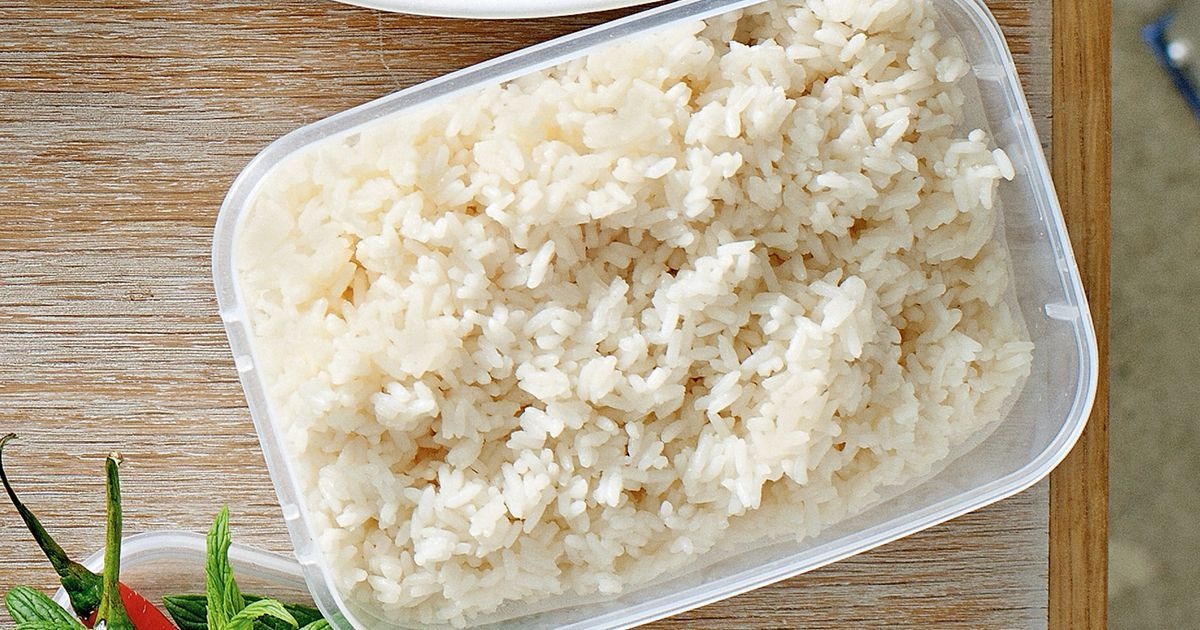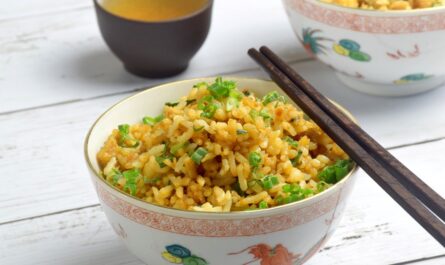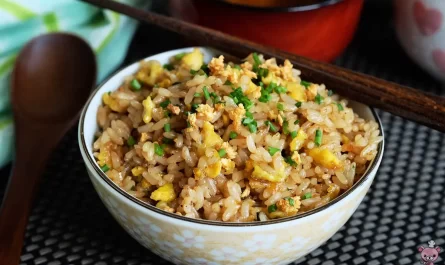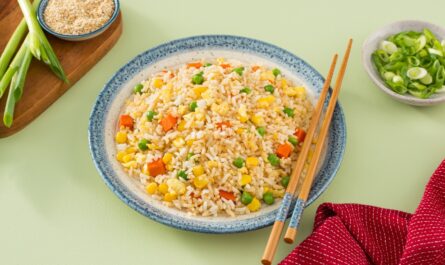If you’ve ever found yourself wondering how to cook the perfect grain of rice, look no further than this detailed parboiled rice recipe. Parboiled rice, sometimes referred to as converted rice, is rice that has been partially boiled in the husk. This method not only makes the rice easier to process but also enhances its nutritional content and reduces cooking time, making it a favorite among many cooking enthusiasts. In this article, we will explore the easy steps to making parboiled rice, dive into the health benefits it offers, and suggest ways to serve and season your rice for maximum flavor.
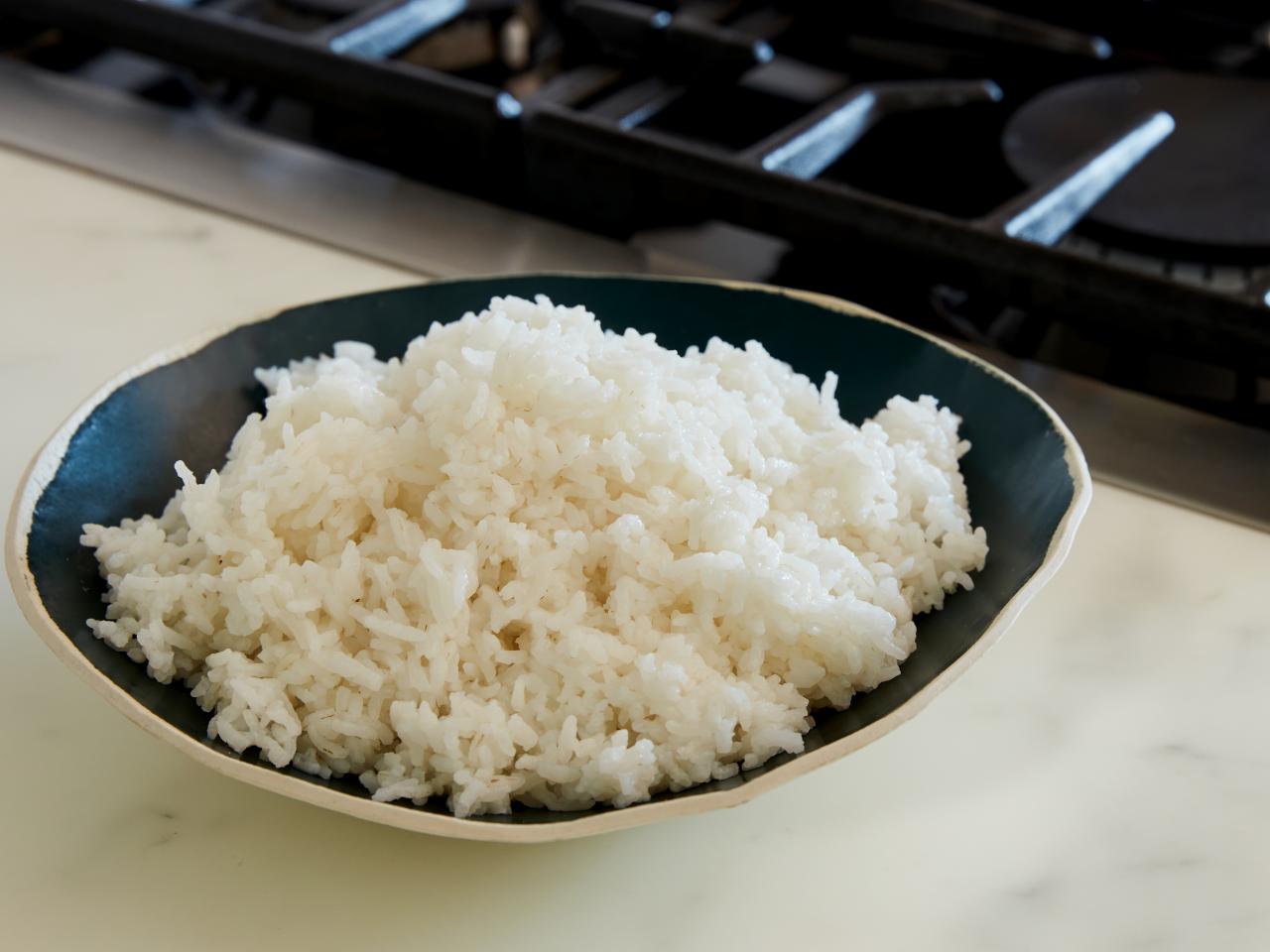
What is Parboiled Rice?
Before we unveil the specifics of our parboiled rice recipe, let’s delve into what exactly parboiled rice is. Parboiled rice undergoes a process that involves soaking and steaming the raw rice before it is dried and milled, which makes it more nutritious. This involves a treatment where the rice absorbs some of the vitamins and minerals from the husk, thereby enhancing its fitness value. This process also allows the grains to remain firmer and less sticky after cooking, making it an excellent choice for many dishes ranging from stir-fries to sushi. With the right techniques, you can turn parboiled rice into incredibly flavorful meals that delight the palate.

How to Choose the Right Ingredients for Your Parboiled Rice Recipe
- 1 cup of parboiled rice
- 2 cups of water or broth (for additional flavor)
- 1 tablespoon of olive oil or butter
- Salt, to taste
- Optional: spices or herbs of your choice
When selecting your ingredients for this parboiled rice recipe, it’s essential to prioritize quality. Fresh, high-quality rice makes all the difference in the final dish. Additionally, using broth rather than plain water can add an extra depth of flavor, transforming a simple rice side into a delectable component of your meal.

Must-Have Cookware for Cooking Parboiled Rice
To perfectly execute your parboiled rice recipe, youll need some essential cookware. A rice cooker is an invaluable tool that can simplify the process significantly. Not only do rice cookers automate the cooking process, but they also ensure consistent results every time. A sushi knife may come in handy for slicing through sides you wish to serve alongside your rice, while a sturdy cutting board provides a safe space for your food preparation.
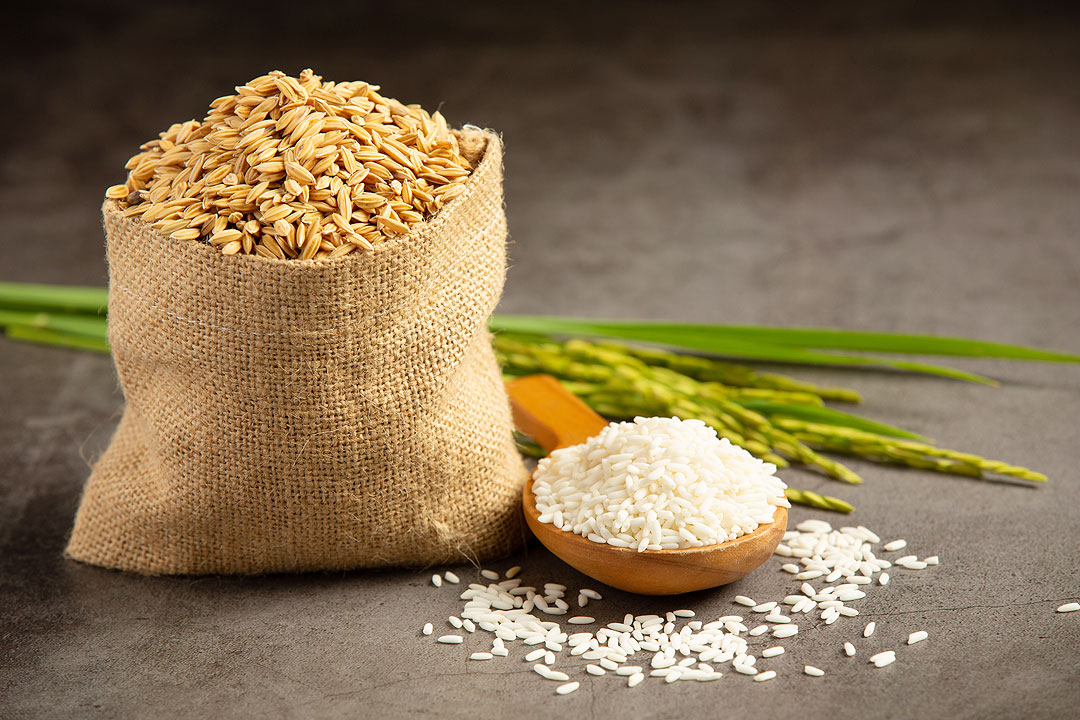
Step-by-Step Process of Cooking Parboiled Rice
Now that you have your ingredients and cookware ready, its time to get started on your parboiled rice recipe. Following these detailed steps will ensure you achieve the best results.
Step 1: Rinse your parboiled rice under cold water. This removes excess starch and helps in achieving a non-sticky texture. Rinsing is particularly important as it helps to clean the rice and prepare it for cooking.
Step 2: In a medium saucepan or rice cooker, combine the rinsed rice and water (or broth). Add in the olive oil (or butter) and salt. Stir gently to distribute the ingredients evenly.
Step 3: If using a stovetop, bring the mixture to a boil over high heat. Once boiling, reduce the heat to low, cover the saucepan with a lid, and let it simmer for about 20 minutes. Avoid lifting the lid during this time as it traps steam needed to cook the rice.
Step 4: When cooking time is complete, remove the saucepan from heat and let it sit covered for about 5 minutes. This resting time allows the rice to absorb any remaining moisture, ensuring fluffy results.
Step 5: Fluff the rice with a fork before serving to separate the grains, and incorporate any additional seasonings or herbs for enhanced flavor.
Health Benefits of Parboiled Rice
The process of parboiling rice offers several nutritional benefits. Parboiled rice contains more vitamins and minerals compared to white rice, thanks to the absorption during the steaming process. It is also a good source of carbohydrates while being lower on the glycemic index, making it a more suitable option for those monitoring their blood sugar levels. Whats more, parboiled rice is packed with fiber, essential for digestive health and providing a feeling of fullness longer after meals. It is crucial to understand that the nutritional value can vary depending on how rice is prepared and served, so always aim for balanced meals including proteins and vegetables alongside your rice.
Ways to Serve Your Parboiled Rice
Your parboiled rice recipe acts as a versatile base for many dishes. Whether used as a side, in salads, or as the main texture in your favorite recipes, here are a few serving suggestions:
– **Asian Stir-Fry:** Toss parboiled rice with sauted vegetables and protein (like chicken, shrimp, or tofu) with a splash of soy sauce or teriyaki for a quick, satisfying meal.
– **Rice Bowl:** Layer parboiled rice with your choice of protein, seasonal vegetables, and drizzle with a tasty sauce to create a rice bowl.
– **Paella:** Incorporate parboiled rice into a traditional paella, sauting with saffron, seafood, and vegetables for a flavorful treat.
– **Salads:** Cool your parboiled rice and mix it into salads with greens, beans, and vinaigrette for nutritious and filling meal.
– **Sushi:** Yes, you can make sushi with parboiled rice! Create sushi rolls using nori, fillings of choice, and your parboiled rice as a delicious base.
For those who want to try their hands at different varieties, check out our recipes for cooked sushi or vegetarian sushi that aligns well with parboiled rice.
Clean and Maintain Equipment Properly
After creating your beautiful dishes, its equally important to clean your cookware properly to ensure longevity and hygiene. To maintain your kitchen tools, use effective cleaners like cookware cleaner to keep pots and pans in excellent condition. Moreover, using a cutting board conditioner will help preserve your wooden boards, ensuring they serve you well for many meals to come.
Conclusion
By mastering the art of cooking parboiled rice through this extensive guide, you can easily elevate the quality of your meals. The key takeaway here is understanding not only how to cook but how to serve this versatile grain to create delightful plates that your family and friends will love. Feel free to experiment with various flavors, pairings, and serving styles. Happy cooking!
As an Amazon Associate, I earn from qualifying purchases.
——————————————————————————————————–
Disclosure: This post contains affiliate links. As an Amazon Associate I earn from qualifying purchases, but there will be no extra charges to you. Thank you for your support!

